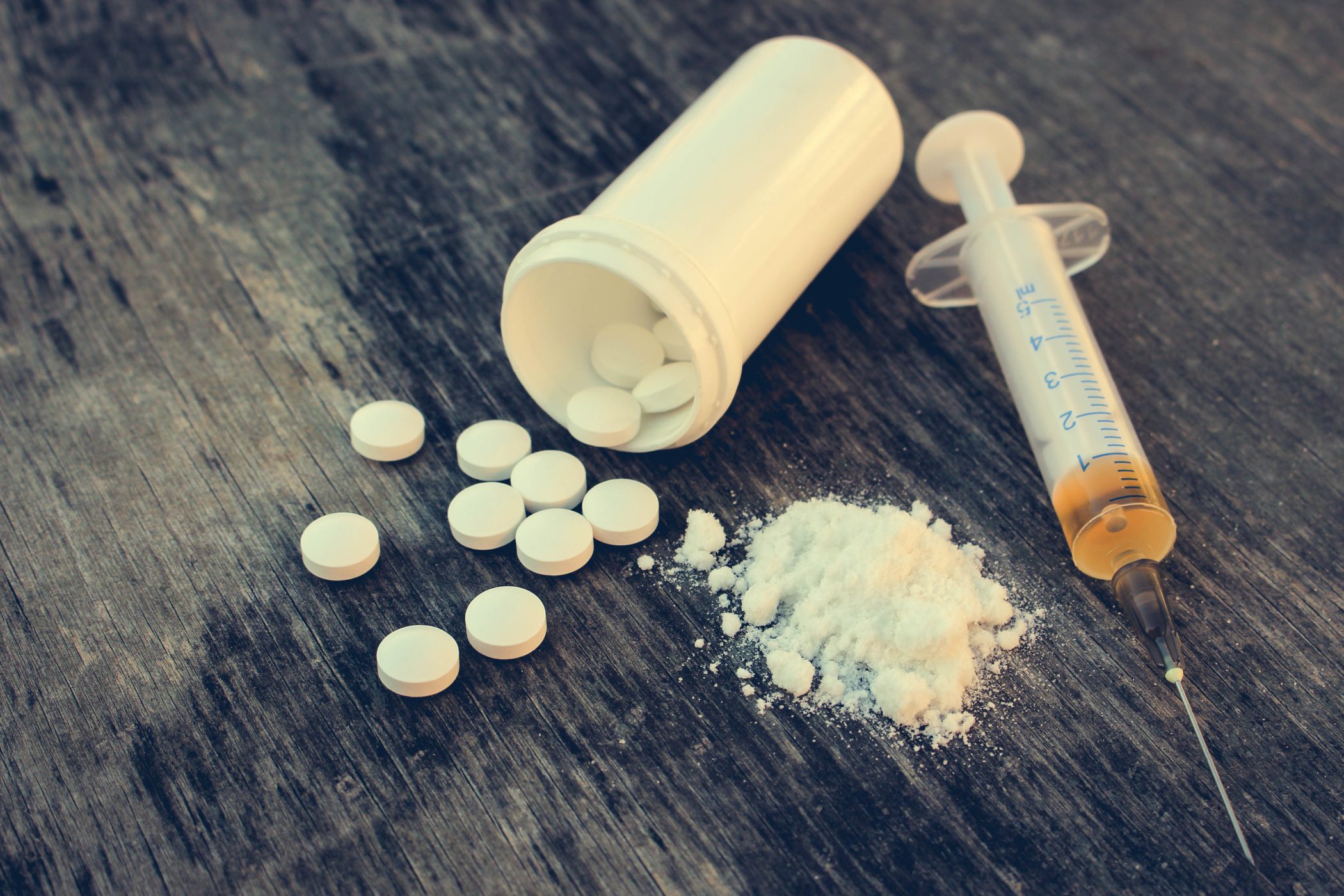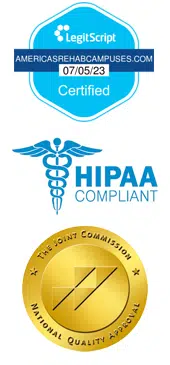 Heroin is one of the most addictive substances plaguing the United States. As with many addictive drugs, heroin started as a a solution to extreme pain. Pain relief from drugs like heroin come with other effects that ultimately lead to them being abused recreationally. Even though it naturally comes from the concentrated sap of the poppy plant, heroin is in no way a safe drug to use.
Heroin is one of the most addictive substances plaguing the United States. As with many addictive drugs, heroin started as a a solution to extreme pain. Pain relief from drugs like heroin come with other effects that ultimately lead to them being abused recreationally. Even though it naturally comes from the concentrated sap of the poppy plant, heroin is in no way a safe drug to use.
When used recreationally, heroin offers zero positive health benefits meaning users are only hurting themselves and those around them when they use it. Stemming from the opioid epidemic, heroin users report they started using after their opioid prescription ended and they found themselves physically dependent on the substance.
What a Heroin High Looks Like
Depending on the drug, it can be difficult to notice when even a close loved one is under the influence. This is especially true if they are frequent users as you may have not seen them sober for quite some time. As a depressant, heroin slows down the central nervous system which has a wide range of impacts.
When under the influence of heroin, users exhibit:
- Slower and delayed movement
- Slow, shallow breathing
- Difficulty staying awake
- Lack of response to stimulus
- Small, pinpoint pupils
Having such heavy impact to the central nervous system is why heroin users can seem completely removed from reality, functioning at a much slower pace and often not reacting to what’s happening around them. Even just holding a conversation can be a challenge as they can abruptly fall asleep or lose focus during.
Unfortunately recreational heroin use has a much different impact than other substance such as alcohol. Heroin users turn to the drug as a means to satisfy addiction and dependency meaning their body will suffer from withdrawal symptoms when they stop using. These withdrawal symptoms can be extremely unpleasant and continuing to use heroin is seen as the better option to avoid the painful side effects of quitting.
Spotting Long-Term Heroin Use
Being such a highly addictive drug, heroin is often used daily and for long periods of time. As their tolerance builds, so does the amount of heroin needed to achieve the same effects. Over time, the wear and tear the drug has on the mind and body become more apparent.
The way heroin impacts the brain, body and behavior of users depends on their body composition and personal tendencies. That being said, there are shared symptoms shared across a majority of users that can help you spot the signs more easily.
Physical, Psychological and Behavioral Signs of Heroin Use
One of the most telling signs of heroin use is the presence of marks on various parts of the body that can be used to inject the substance directly into the bloodstream. This can even cause collapsed veins which no longer allow blood to flow through and turn a dark blue-gray color. Flushed skin is another sign of heroin use which makes spotting collapsed veins even easier.
Outside of appearance changes, users can also showcase:
- Persistent coughing if smoking heroin
- Scabs from picking and scratching
- Constipation
- Frequent respiratory infections
- Contraction of diseases such as HIV from sharing needles
- Unhealthy weight loss
- Depression and anxiety
- Increased fear and paranoia
- Severe mood swings
- Self-isolation
- Irritability
How To Help Someone Using Heroin
It’s never a good sign when you see the above symptoms in a family member or close friend. Attempting to help is the best route to take but it’s key that you do it in a way that doesn’t push them further down the rabbit hole of addiction and self-isolation.
When you make the decision to confront them, make sure that it’s only for their betterment and not to satisfy your own need to help others. Be supportive and omit any judgement from the conversation. Remember, they are fighting against an invisible force that has the power to control the life of anyone so don’t be deflect any negative reactions or feelings back at them. Instead, continue to show support and stress that it’s for their own good.
Once the initial intervention is conducted, getting professional addiction recovery help is the next steps. Heroin withdrawals can be life-threatening and often require medically assisted detox under the supervision of medical professionals. America’s Rehab Campuses are equipped to provide recovery assistance from intervention to after-care help that allows individuals to maintain sobriety for life.
If you or someone you know is in need of assistance battling addiction, please don’t hesitate to reach out for a free and fully confidential consultation today. No matter how long a substance is used, there’s always a chance at recovery.

